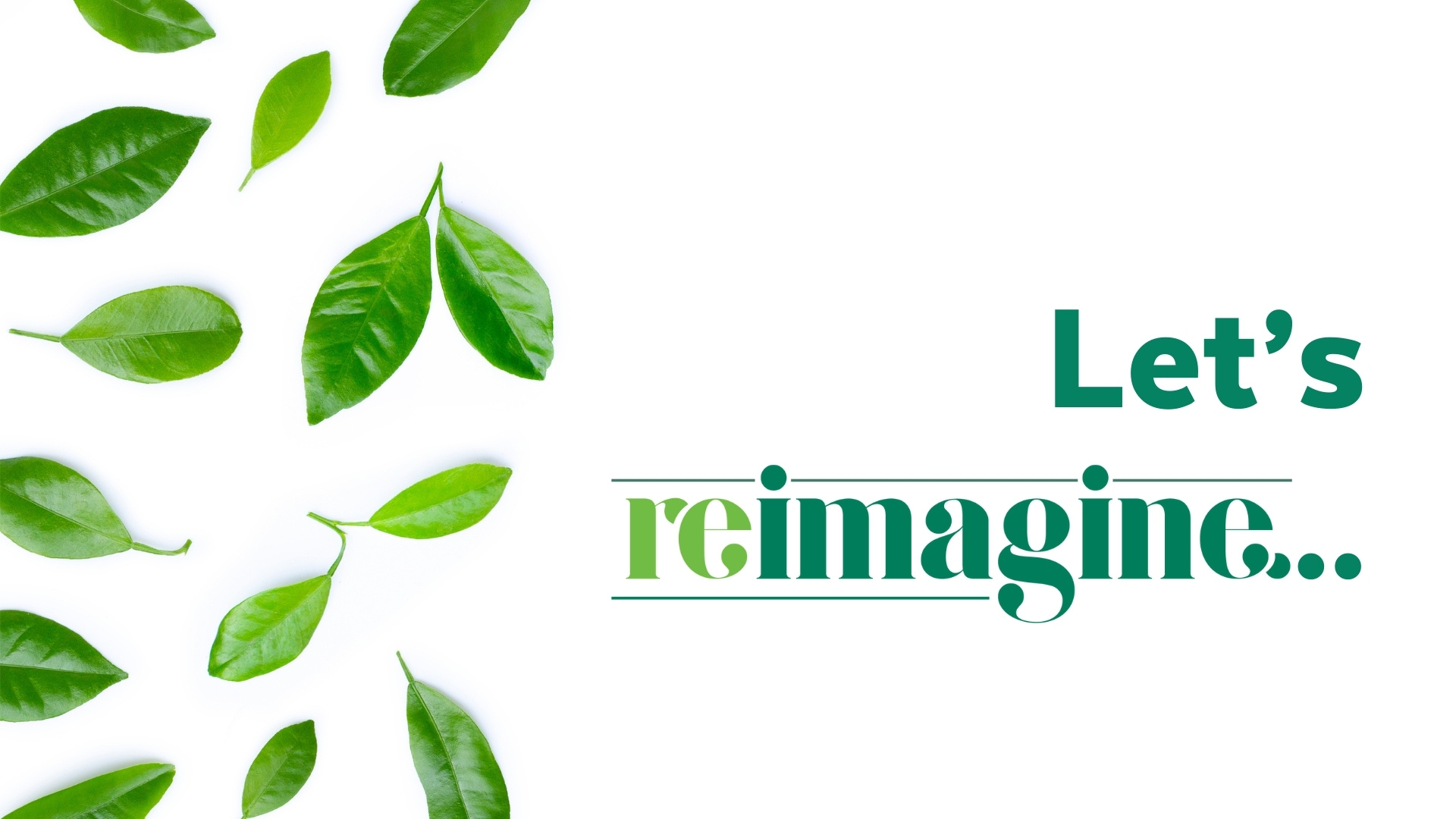Vipassana: A Leadership Quest Within
Some people say they are too scared to face their own minds. I find that fascinating, as the entire lived experience is filtered through our mind, so why wouldn’t you want to understand how it works, given it shapes reality itself?
I recently completed my second 10-day Vipassana Silent Meditation Course. It’s best described as an apprenticeship of the mind - a deep dive into its workings, completely stripped of distractions. For 10 hours a day, you sit with yourself. No talking, no writing, no eye contact. It’s just you, your mind, and your body.
To call it confronting would be an understatement. The natural mind is sneaky, chaotic, and restless - it’s like it has ADHD. In seconds, it can jump between images, sounds, words, flashes of memory, and sensations.
What we call “thoughts” is a very broad way to describe what really goes on.
When I tell people about Vipassana, I get two main reactions:
- About two-thirds make a face, say it sounds like torture, and change the subject
- The other third are in awe, full of curiosity, and keen to try it for themselves
There’s little middle ground, and I find these polarised responses fascinating.
The Paradoxes of Vipassana
Vipassana is full of paradoxes that reflect the complexity of our inner world:
1. Hunger and no hunger: You often feel hungry - except when it’s actually time to eat (meals are at 6:30 AM and 11:00 AM, the first being too early to eat for me, and the latter being too close to breakfast to feel hungry).
2. Rigidity and flow: There’s the sense of an infinite flow of time, yet a rigid daily schedule with 10 hours of seated meditation.
3. Sedentary and physical: It’s sedentary but physically demanding, with aches and pains surfacing from long hours of sitting.
4. Monotony and sharpness: The practice feels mentally tedious, yet it demands extreme focus and presence.
It’s also a place where all your preferences come bubbling to the surface. You notice the little things - someone not pushing in their chair after a meal, the line moving too slowly, or missing out on part of a dish. These small annoyances are amplified, reflecting how the mind reacts to even the smallest discomforts.
The Experience in Days
Days 1 & 2: Extreme fatigue. The erratic “monkey mind” barely holds concentration for more than a second.
Days 3 & 4: Physical and emotional challenges peak, but mental concentration begins to build.
Days 5 & 6: The groove sets in, and there’s a sense of enjoyment.
Days 7 & 8: Meditation gets deeper and deeper; most pain has subsided.
Days 9 & 10: A feeling of readiness to leave appears and a sense of resolution as the course comes to an end.
Seeing Things as They Are
This course is called Vipassana, which literally means “to see things as they really are.”
And this idea fascinates me—it fuels my work and my life.
We are driven by subconscious patterns—conditioning and programming that we’ve inherited over time. Vipassana interrupts this autopilot. It reveals how our minds actually work and shows us a glimpse of our true nature: that we are not our minds.
The technique is rooted in two ideas:
1. the understanding that our bodies and subconscious minds are deeply interconnected. Every sensation—whether it’s a smell, thought, or physical touch—triggers a biochemical and bioelectrical response in the body. We crave the pleasant and avoid the unpleasant, creating deeply ingrained habits of reactivity.
2. everything is constantly changing (so there is no point having aversions or cravings, because everything is arising and passing – often on time scales that we cannot perceive).
Through Vipassana, you develop equanimity. You practice observing sensations without reacting to them. Over time, this dampens the automatic responses and creates a state of ease and contentment, regardless of circumstances.
If we can accept that we’re essentially living in a filtered, simulated version of reality, then it opens up two critical realisations:
1. We can shift our reality
2. We don’t need to take everything so seriously because it’s not as “true” as we think.
Lessons for Leadership and Business
In Vipassana, you spend hours noticing—your thoughts, bodily sensations, and the environment around you. You witness how your inner world shapes your outer experience. This clarity translates directly into leadership and business:
Better Decisions: You become less reactive, making decisions with greater intention and calm
Seeing Hidden Potential: You notice what others miss, seeing possibilities in people and situations before they do
Creative Problem-Solving: You open yourself to creative solutions, unbound by old mental patterns or stress.
IT’S NO SECRET THAT LEADERSHIP RESEARCH HASN’T YET DELIVERED THE BREAKTHROUGHS WE HOPE FOR.
“Many organisations still struggle with dysfunction, lack of alignment, and reactivity. The missing piece isn’t more knowledge—it’s expanded consciousness.”
Practical Takeaway
So, how can you apply this without a 10-day retreat? Start small:
- Set aside 5 minutes a day to notice your thoughts or physical sensations without judgment
- When faced with a decision, pause and ask: “What patterns might be shaping my reaction?”
- Reflect on how you can create space for equanimity in your life—moments where you observe without acting.
These small practices can help you start noticing your inner landscape, gaining the clarity and composure that lead to better outcomes in business and life.
Final Thoughts
“Knowing yourself is the beginning of all wisdom.” — Aristotle
Vipassana isn’t easy, but it’s transformative. It helps you reconnect with what it means to be human, to notice the filters shaping your reality, and to lead with greater clarity and presence.
AND Leadership isn’t just about managing others—it’s about managing yourself. And when you truly know yourself, the world opens up in unexpected and beautiful ways.



